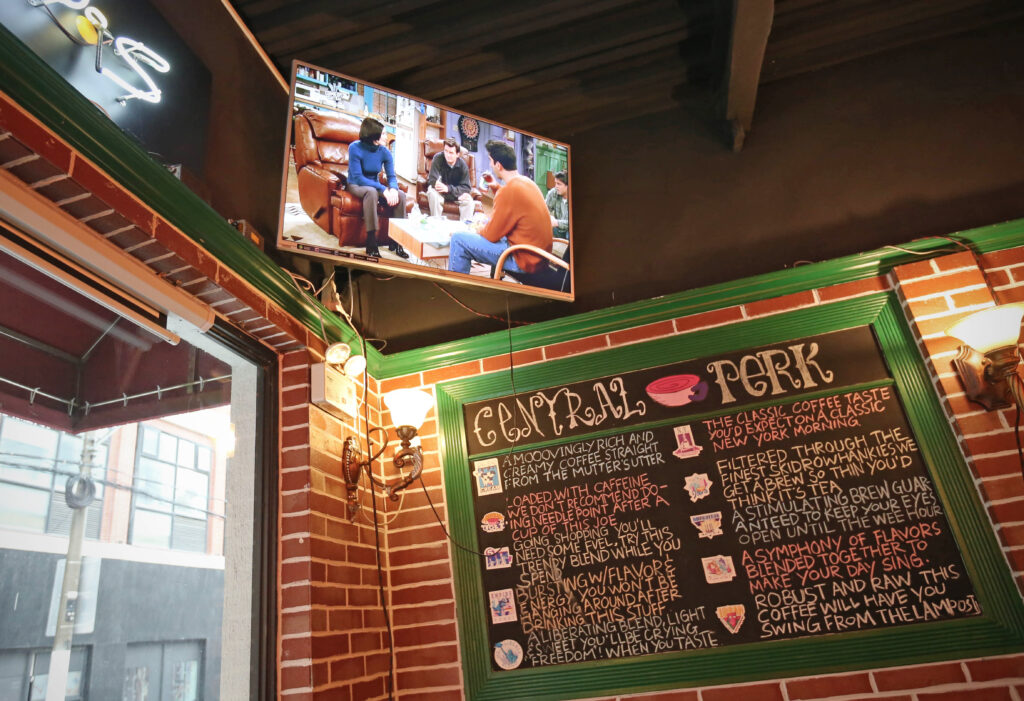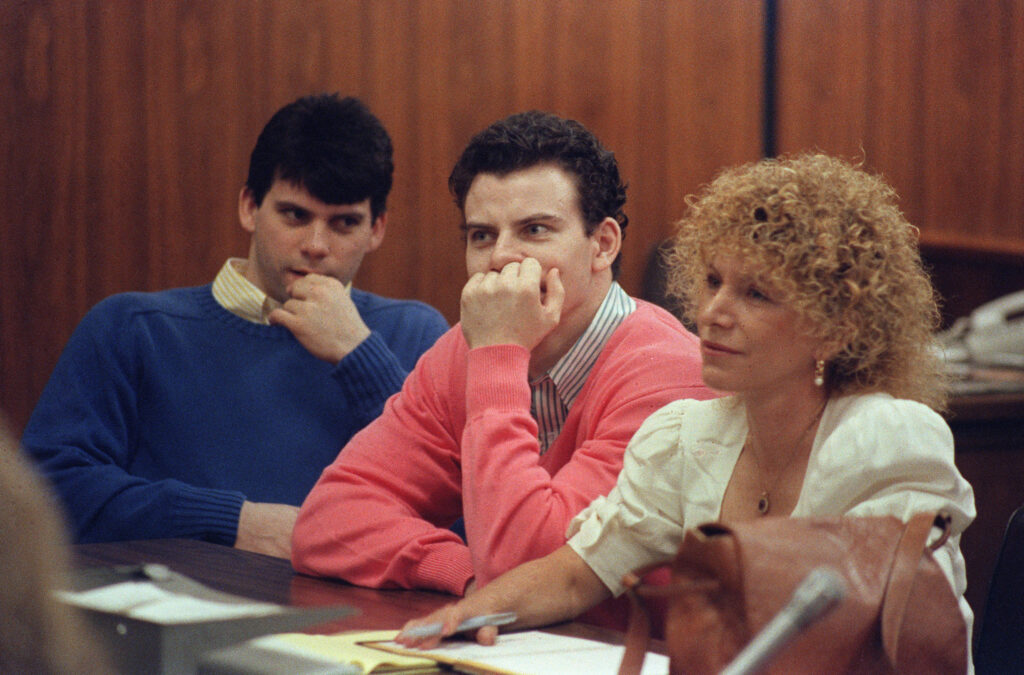L’OM, courageux dans la souffrance, n’a pas manqué son retour en Ligue des champions mardi sur la pelouse du Real Madrid, évidemment supérieur mais qui a tout de même eu besoin de deux penalties de Kylian Mbappé pour faire craquer son adversaire (2-1).La Ligue des champions, l’OM l’a voulue et il l’a eue. Car la Ligue des champions, c’est le Real Madrid et ses 15 sacres, et les hommes de Roberto De Zerbi ont vite compris de quoi il s’agissait lors d’une première période où ils ont souvent frôlé le naufrage.Mais le technicien italien avait prévenu que ce voyage à Madrid ne devait pas être “une fête”, ou alors pas seulement, et que ce premier match dans la grande compétition européenne devait aussi être le début de “la suite” du projet marseillais.Ses joueurs ont répondu à cette attente, et même un peu plus, en résistant avec beaucoup de caractère jusqu’à la 80e minute. Et ils n’ont rompu que sur deux penalties, tous deux transformés par l’impitoyable Kylian Mbappé, désormais à la tête de 12 buts inscrits contre l’OM. Mais avant de remarquablement jouer leur chance, les Marseillais avaient aussi terriblement peiné et le capitaine des Bleus avait ainsi été dangereux après à peine 70 secondes sur un retourné offert par une maladresse de Pierre-Emile Hojbjerg.- Greenwood au pressing -Puis le jeune Franco Mastantonuo, déchaîné, a touché le poteau (6e) après une nouvelle légèreté, cette fois signée Facundo Medina. A la 10e minute, Geronimo Rulli a ensuite réussi le premier de ses innombrables miracles en faisant obstacle à Mbappé. Le coupable originel était cette fois Emerson Palmieri mais c’était tout l’OM qui manquait d’air.Face au pressing, à la vitesse et à la virtuosité technique des Madrilènes, la marche semblait alors haute, très haute, haute comme les tribunes de Santiago Bernabeu.Mais le Real n’est pas non plus à l’abri d’un peu de superficialité et Arda Güler s’y est fait prendre, en cédant au pressing de Mason Greenwood, pourtant pas précisément le plus féroce des chasseurs de ballons.L’Anglais a ensuite impeccablement joué le coup pour servir Timothy Weah et l’OM était devant (1-0, 22e) sous le rugissement des 4000 supporters marseillais, passés dans la journée des terrasses de la Plaza Mayor aux derniers étages du gigantesque stade madrilène.L’extase n’a tout de même pas duré très longtemps et le Real est revenu grâce au premier penalty de Mbappé, consécutif à une faute de Geoffrey Kondogbia, pris par le crochet de Rodrygo et en déficit de vivacité pendant tout le match.- Et maintenant, Paris -Derrière, l’OM a souffert encore mais a survécu, grâce à Rulli, surtout. Et les Marseillais ont aussi existé, quand même, par brèves séquences, comme à la 39e minute quand Pierre-Emerick Aubameyang a trouvé le petit filet alors qu’il était en excellente position.Dominé mais toujours brave dans le combat, Marseille a ensuite vraiment commencé à croire à la possibilité de prendre un point, voire plus, quand Dani Carvajal a été logiquement et bêtement expulsé pour un coup de tête sur Rulli (72e minute).Mais au bout du compte, le Real de Xabi Alonso, qui n’a pour l’instant connu que la victoire, a trouvé le moyen de s’en sortir avec un nouveau penalty, sifflé pour une main de Medina et évidemment transformé par Mbappé, le seul à ne pas être hypnotisé par Rulli.”C’est un penalty honteux. Le deuxième, celui sifflé contre Facundo Medina. Il n’y est pas. Je l’aurais dit aussi s’il avait été sifflé pour nous”, a ensuite assuré De Zerbi en conférence de presse.Marseille repart donc de Madrid sans le moindre point et c’est peut-être un peu cruel. Il en nourrira sans doute quelques regrets mais le rêve d’une victoire à Bernabeu était tout de même peu probable et il fallait avant tout éviter un cauchemar.L’OM l’a fait, et même un peu plus. La saison européenne des Marseillais est donc lancée mais ils vont rester en haute altitude car dimanche, en Ligue 1, c’est le Paris SG qui est attendu au Vélodrome. Quelle semaine…





